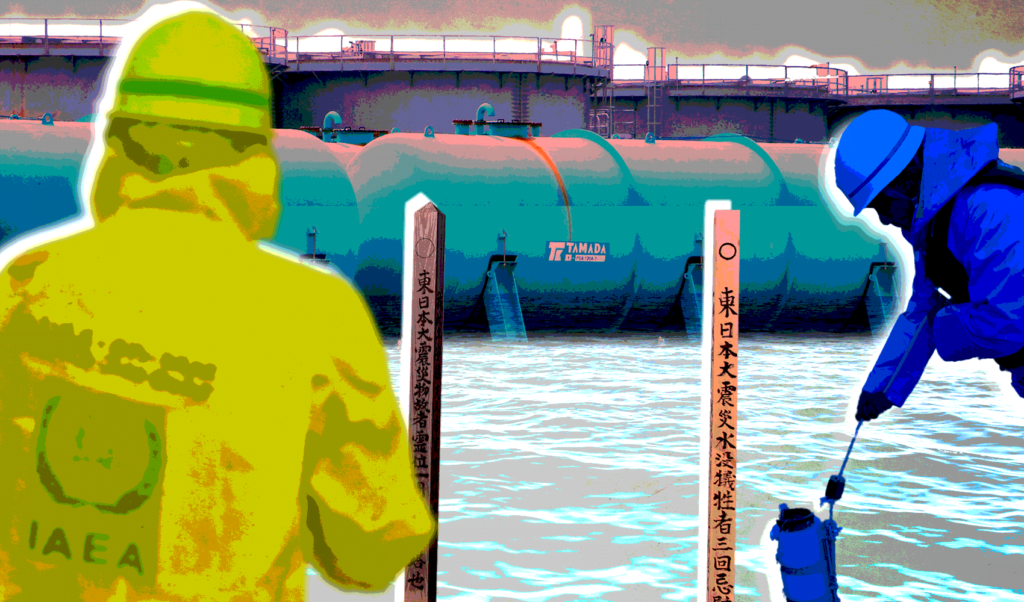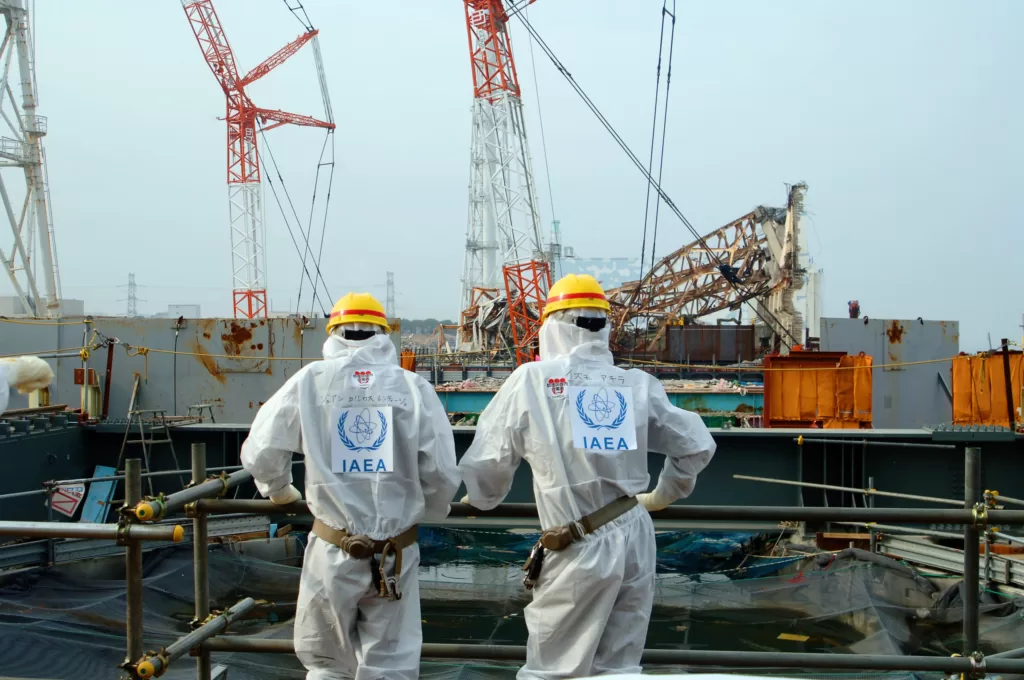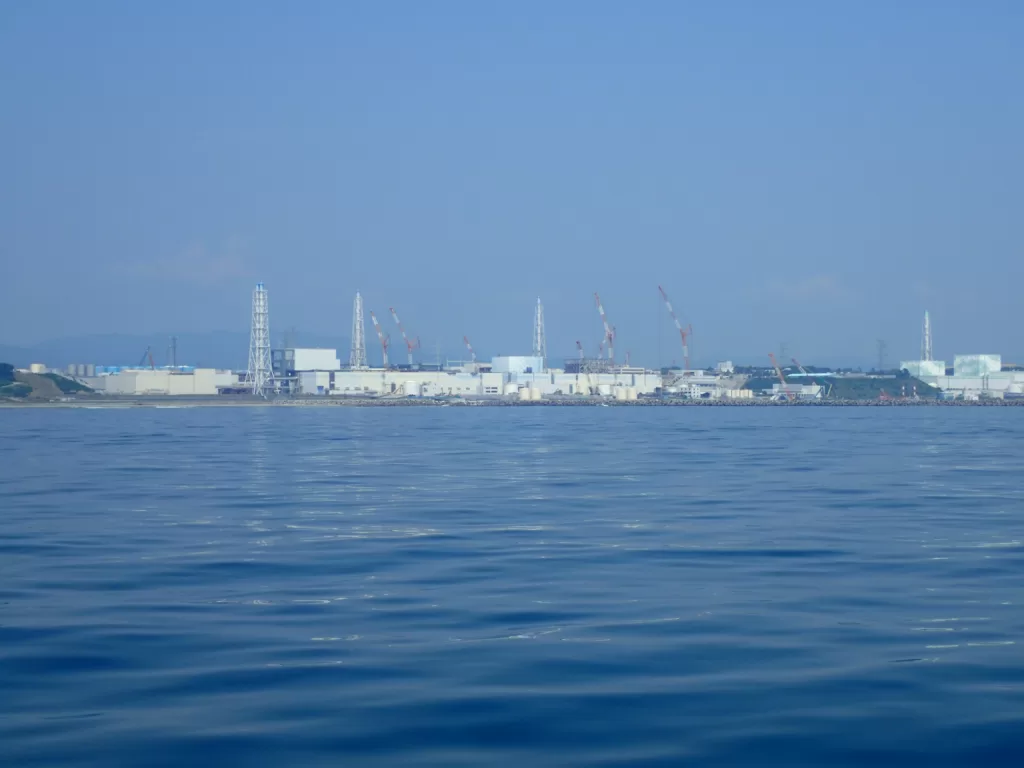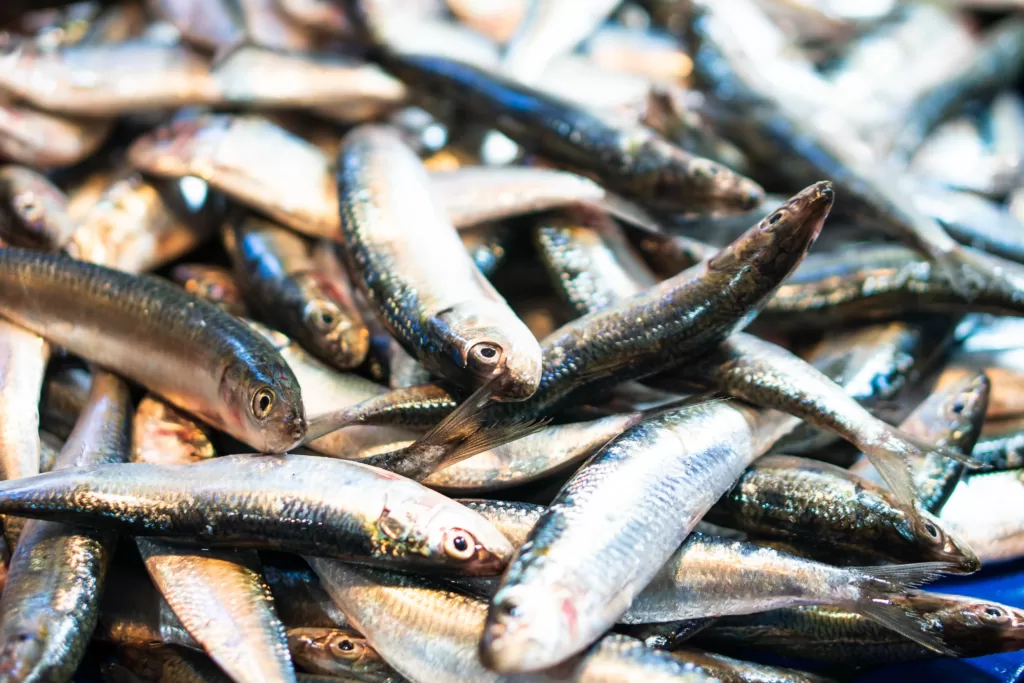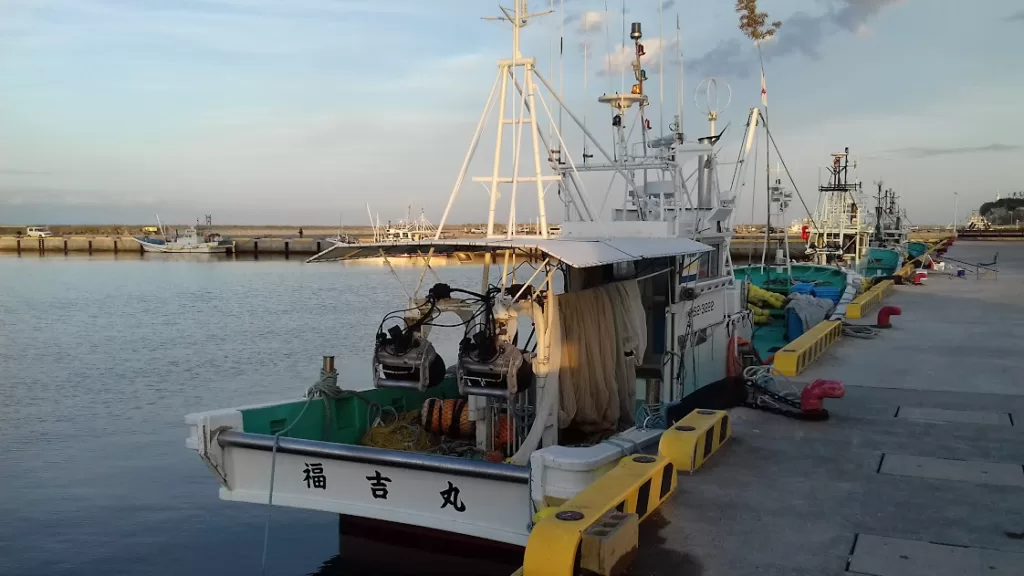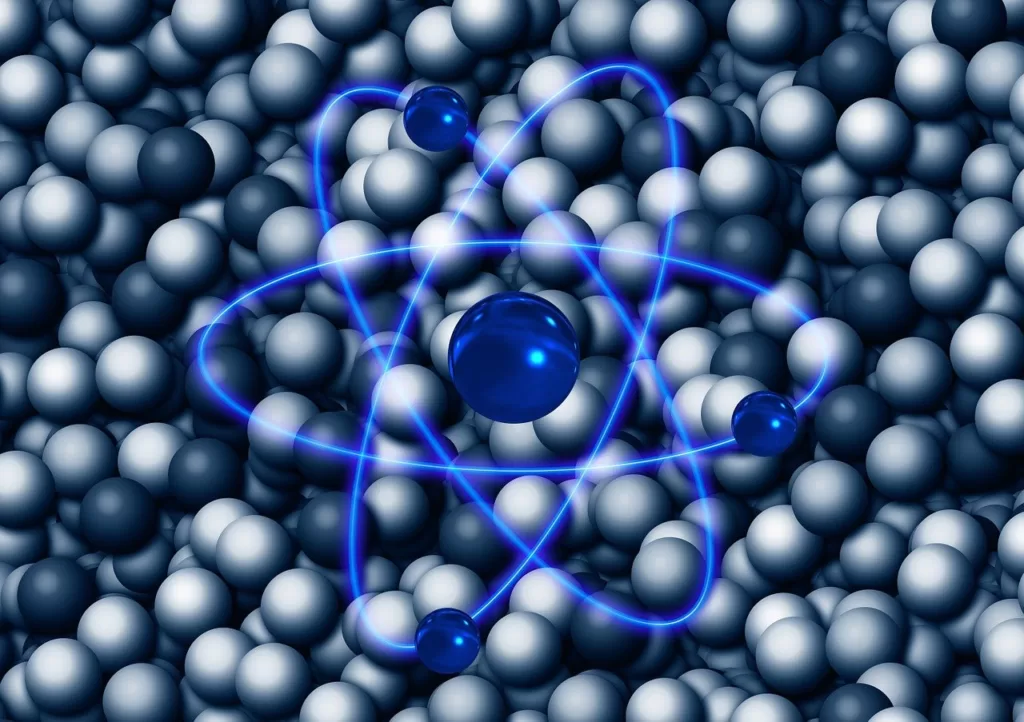Japan faced three options with disposing of radioactive wastewater. All were problematic.
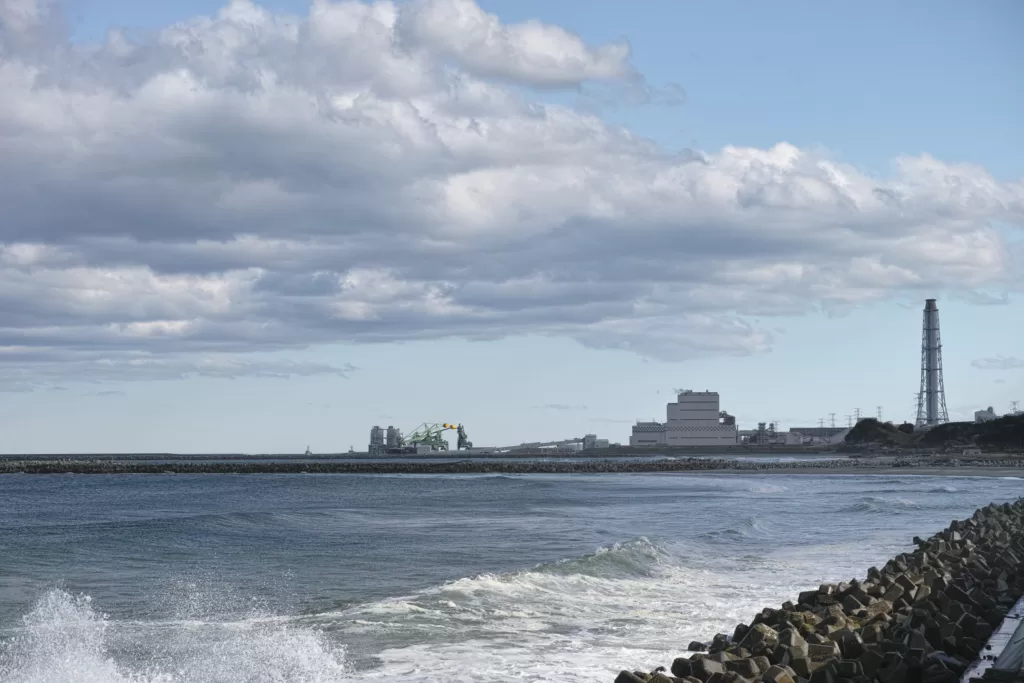 Japan is set to release 1.3 million tonnes of treated wastewater from the Fukushima nuclear reactor into the ocean. : Jun Teramoto via Flickr CCBY-SA2.0
Japan is set to release 1.3 million tonnes of treated wastewater from the Fukushima nuclear reactor into the ocean. : Jun Teramoto via Flickr CCBY-SA2.0
Japan faced three options with disposing of radioactive wastewater. All were problematic.
When people go for a swim in an ocean they are literally bathing in a sea of natural radiation.
The predominant component of the radiation comes from potassium-40 which is a natural part of the earth’s environment. Tritium, a heavy cousin of hydrogen, and carbon-14 are also sources produced when high-energy protons from space smash into oxygen and nitrogen atoms in the air.
This atmospheric source of ocean radioactivity has worked on Earth for almost three billion years. Along with uranium radioactive decay products, humans live within this natural radioactive background.
From August 24, the Japanese government plans to release into the Pacific Ocean 1.3 million tonnes of water which was used to cool the damaged reactor cores from the Fukushima Daiichi Nuclear Power Plant accident in March 2011.
Between 2011-2013, approximately 300,000 tonnes of untreated wastewater had already flowed into the ocean off Fukushima. These first two years were the most dangerous time because long-lived heavy nuclei, like cesium-137, strontium-90 and shorter-lived iodine-131, from nuclear fission in the reactors ended up in the ocean.
Since 2013 the stored water has accumulated from seawater flushed through and from groundwater which leaked into the three damaged reactor cores.
The big challenge is how to manage 1.3 million tonnes of unsafe radioactively-tainted water.
One of three options was to filter out the nuclear fission nuclei, then dump the filtered water into the ocean to dilute any remaining amount of tritium or carbon-14. Japan has chosen this complex way from all the fraught options.
Disposing of untreated wastewater into the ocean would release nuclear fission products in an uncontrolled manner. The danger of indiscriminately releasing nuclear fission products into the ocean is that the products can find their way into the food chain.
Once in the food chain the nuclear fission heavy nuclei like cesium-137, strontium-90 and iodine-131 tend to concentrate in human muscle, bones, and thyroid. Cancers can be the result.
This is why Japan planned to remove as much of these radioactive nuclei as possible from the Fukushima water before its release. Some cesium-137 and strontium-90 nuclei already exist on the ocean floor due to nuclear weapons tests in the 1950s and 60s.
A good guide for having confidence in the safe release of radiation is to reduce human radiation exposure by making it “As Low As Reasonably Achievable” or ALARA.
Filtering out the nuclear fission nuclei from the stored wastewater may be the best that can be done.The ALARA approach to reduce nuclear fission nuclei released resulted in a 2013 effort to develop and employ an advanced liquid processing system, or ALPS. A series of filters was designed to remove 62 fission nuclei leaving both tritium and carbon-14 in the water. It only partially worked.
The Tokyo Electric Power company (TEPCO) and the International Atomic Energy Agency (IAEA) agree that about 70 percent of the stored Fukushima water may still carry some of the original nuclear fission nuclei. Potentially, this water could be run through more cycles of the ALPS before extra dilution and later release into the ocean.
The other 30 percent of treated water could also be diluted with seawater by factors of several hundred to one thousand and then released into the ocean. Any remaining tritium from the Fukushima reactor may find its way into the food chain as organically bound tritium via build-up in underwater plants and organisms.
Organically bound tritium will still keep its 12.4-year half-life, but these nuclei stay in the human body for roughly 10 days before half of their number is excreted. The 10 days is known as the biological half-life of tritium. The process for excreting carbon-14 has a biological half-life of about 40 days, which is negligible compared to its 5,730-year radioactive decay half-life.
These short biological half-lives contrast sharply with the decades-long residence time of cesium-137 and strontium-90 inside the human body.
The second option for managing the Fukushima water was to hold it on site in an ever-increasing number of tanks.
If the water is properly filtered to leave only tritium and carbon-14, then the natural decay of tritium can be used to reduce overall radioactivity. Since the radioactive half-life of tritium is 12.4 years, holding the water in tanks for seven half-lives, about 85 years, would reduce the tritium content to less than 1 percent of its current value. This option leaves the carbon-14 which would still roughly have the same radioactivity due to its 5,730-year half-life.
However, storing a tremendous volume of water for an entire human lifespan has never been tried. Even more water and storage tanks would need to be added to the ever-accumulating total as decommissioning the Fukushima Daiichi nuclear reactor cores proceeds. This was problematic.
A third option was to evaporate the water on land near Fukushima.
A 1979 nuclear accident at Three Mile Island Nuclear Station in the United States resulted in a similar radioactive water storage problem. About 9,300 tonnes of tritiated water, about 140 times less than that currently held in the Fukushima storage tanks, was electrically evaporated over two years. The tritium was released into the atmosphere, resulting in a radiation dose to people in the surrounding area of about one-hundredth of the natural background radiation.
Japan and TEPCO would need to deal with even larger amounts of water and tritium emitted into the atmosphere if the 30-year timeline for the reactor core clean-up is followed. Again, this option was too problematic.
It is crucial to distinguish natural background radiation from that of nuclear fission nuclei when seeking to understand the choice made by Japan and supported by the IAEA. Nobody wants to add additional radiation to the oceans, if only because of sympathy with local Fukushima fishers.
But with proper ALPS filtering, people who go out to swim in the ocean should still have radiation exposure as the least of their concerns.
Dr David Krofcheck is a Senior Lecturer in Physics at the University of Auckland. He declares no conflict of interest.
This article has been republished ahead of Japan’s plan to release nuclear wastewater from August 24, 2023. It originally appeared on April 14, 2023.
Originally published under Creative Commons by 360info™.
Editors Note: In the story “Fukushima water” sent at: 12/07/2023 13:02.
This is a corrected repeat.


